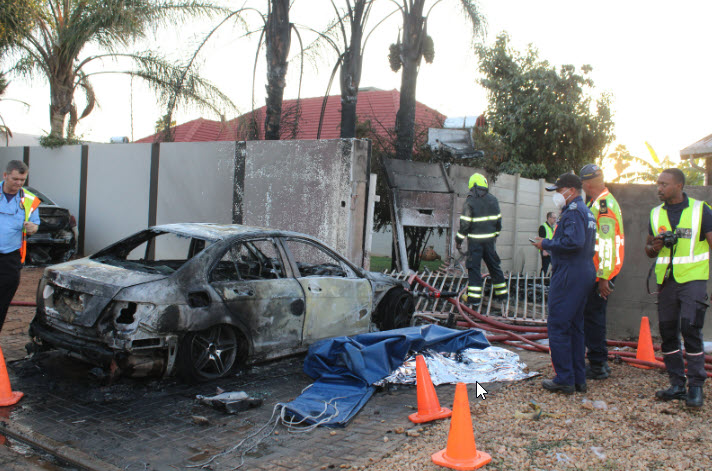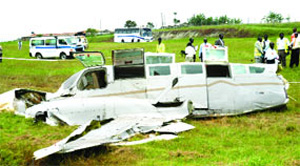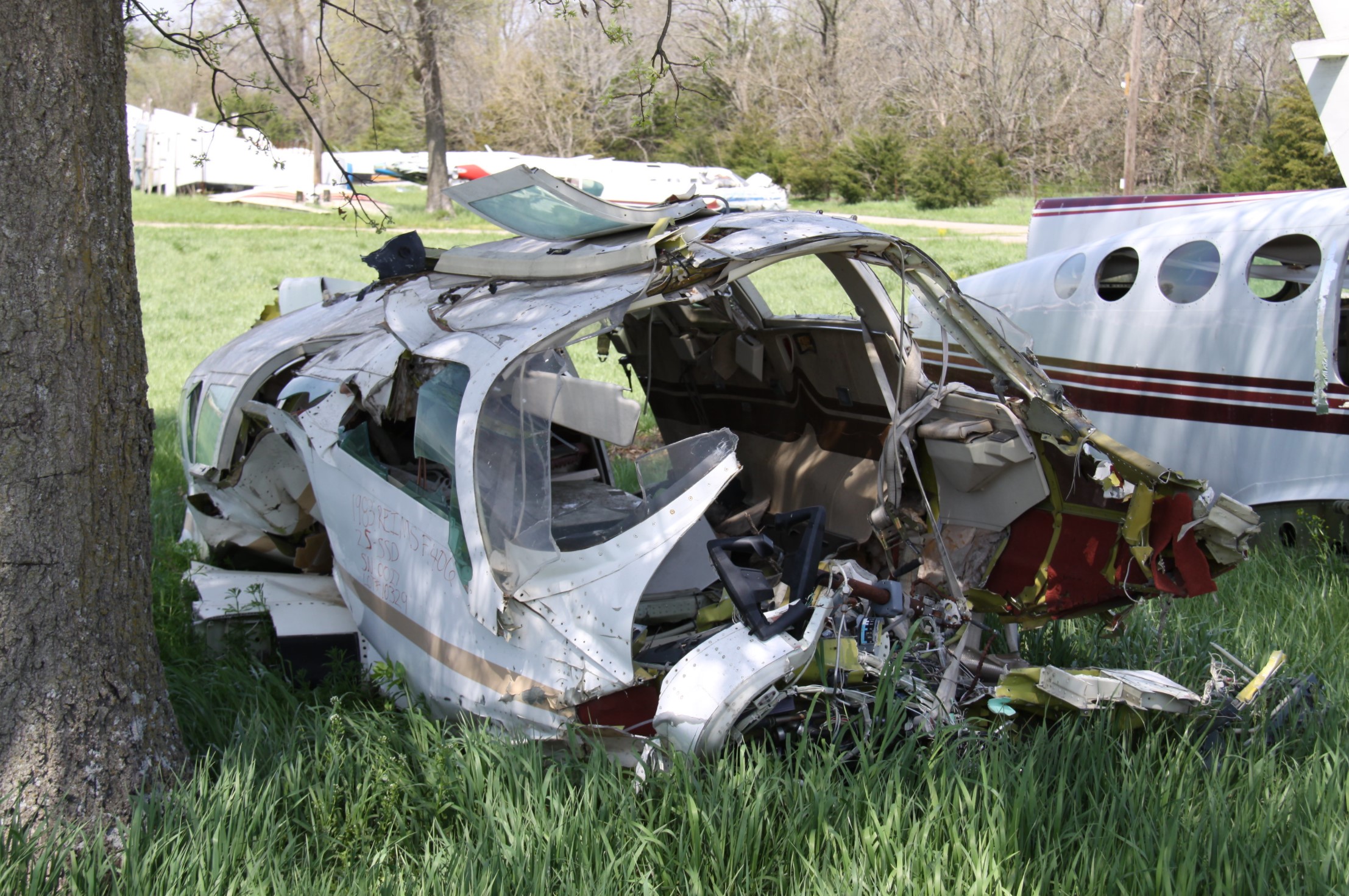Crash of a Reims-Cessna F406 Caravan II in Oakey: 2 killed
Date & Time:
Jul 20, 2025 at 1500 LT
Registration:
VH-EYQ
Survivors:
No
Schedule:
Warwick - Oakey
MSN:
406-0047
YOM:
1990
Crew on board:
2
Crew fatalities:
Pax on board:
0
Pax fatalities:
Other fatalities:
Total fatalities:
2
Circumstances:
The crew departed Warwick Airport at 1426LT on a positioning flight to Oakey Airfield. On approach to runway 14, the twin engine airplane went out of control and crashed in a grassy area located 2 km from the airfield, bursting into flames. Both occupants were killed.










